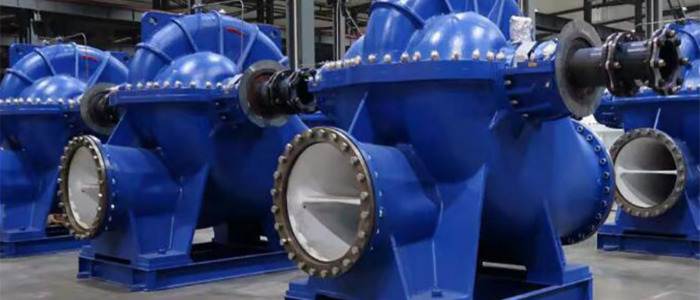In today’s industrial landscape, optimizing pump performance and reducing energy consumption are critical for increasing efficiency, lowering operational costs, and promoting sustainability. Pumps play a crucial role across various industries, but inefficient operations can lead to excessive energy use and higher costs. By leveraging modern technology and best practices, businesses can enhance their pump efficiency while ensuring long-term savings.
Among the available options, high-pressure pumps with automatic shut-off mechanisms have gained popularity due to their ability to regulate pressure and minimize energy waste. In this guide, we will explore ten proven techniques to optimize pump performance and reduce energy expenses effectively.
1. Selecting the Right Pump for the Application
Choosing an appropriately sized and application-specific pump is the first step toward achieving efficiency. Consider key factors such as flow rate, pressure levels, fluid type, and operational demands. Installing a high-pressure pump with automatic shut-off ensures that energy is not wasted by preventing unnecessary operation when optimal pressure is reached.
2. Implementing a Routine Maintenance Program
Regular maintenance is crucial to ensuring that pumps operate at peak efficiency. Maintenance tasks should include:
- Inspecting and replacing worn-out seals, bearings, and impellers.
- Cleaning filters to prevent blockages.
- Checking for leakages or misalignments.
A predictive maintenance strategy using sensor-based monitoring can help detect inefficiencies before they escalate into major failures.
3. Ensuring Proper Pump Sizing
An improperly sized pump can lead to excessive energy consumption and increased wear. An oversized pump wastes energy, while an undersized pump overworks and shortens its lifespan. Use pump performance curves to ensure proper selection.
4. Utilizing Variable Speed Drives (VSDs)
Variable Speed Drives (VSDs) allow pumps to adjust their speed dynamically according to demand, eliminating energy waste associated with constant-speed operation.
Benefits of VSDs:
- Reduces power consumption during low-demand periods.
- Minimizes mechanical stress on components, extending equipment life.
- Provides better process control in fluctuating load conditions.
5. Optimizing Pump System Design and Installation
Improper piping layout can cause unnecessary friction losses, reducing efficiency. Consider these best practices:
- Use gradual pipe transitions instead of sharp bends.
- Reduce pipe length and avoid unnecessary fittings.
- Ensure correct pump alignment to minimize mechanical strain.
Using Computational Fluid Dynamics (CFD) simulations can help design an optimized piping system.
6. Scheduling Pump Operations for Efficiency
Set up automated scheduling based on real-time demand. High-pressure pumps with an automatic shut-off feature help conserve energy by stopping operation when the desired pressure is reached.
Best Practices:
- Schedule pumps to run during off-peak hours when energy rates are lower.
- Avoid continuous operation when demand is minimal.
7. Conducting Regular Energy Audits
Performing energy audits allows businesses to identify inefficiencies and areas for improvement. Use key performance indicators (KPIs) such as:
- Pump Efficiency Ratio (PER)
- Specific Energy Consumption (SEC)
- Flow-to-Power Ratio
Utilizing IoT-based energy monitoring systems provides real-time insights into pump performance.
8. Investing in High-Efficiency Motors
Replacing outdated motors with energy-efficient models significantly reduces power consumption. Premium efficiency motors (IE3 or IE4-rated) can offer up to 10% higher efficiency compared to standard motors.
9. Minimizing System Resistance and Friction Losses
Excessive pipeline resistance leads to higher energy demands. To prevent this:
- Regularly clean pipes, valves, and filters.
- Upgrade to low-friction materials for pipelines.
- Install air release valves to prevent airlocks that reduce efficiency.
10. Training Personnel on Best Practices
A well-trained team ensures that pumps are operated and maintained for maximum efficiency. Training should include:
- How to identify warning signs of inefficiency.
- Proper VSD operation.
- Implementing proactive maintenance techniques.
Encourage certifications such as Certified Pump Systems Auditor (CPSA) to improve expertise.

